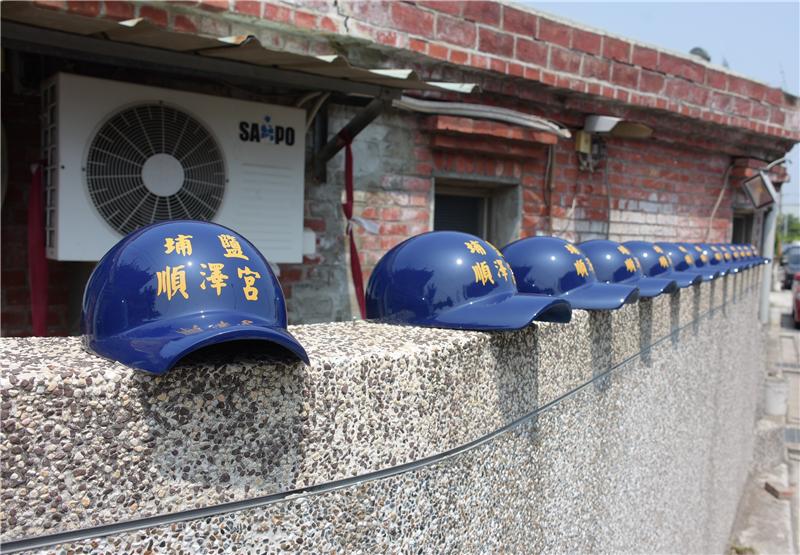Puyan Shunzao Temple Introduction
During the Kangxi period of the Qing Dynasty, the Chen family from Quanzhou, Fujian, migrated to Taiwan and settled in today's Pu Yan Village, where they respectfully invited the spirit of Xuantian Shangdi and built the Pu Yan Shun Ze Temple. Subsequently, some of their descendants moved to Xihu and jointly invited "Er Di" to establish the Xuantian Temple; others migrated to Xiushui, where they invited "San Di" to build the San Sheng Temple. These three brother temples have held gatherings where committee members from each temple gathered together, reminiscing about the history of nurturing auspicious smoke, creating a joyful atmosphere! The Pu Yan Shun Ze Temple is renowned for its miraculous deeds, with many legends passed down in the locality. In 1948, it was severely damaged by a fire and was rebuilt, and in 1998, the temple was demolished and reconstructed to the present. Its design is quite unique; to enter the temple, one must ascend two curved stone steps that encircle an arched stone-carved dragon wall. The dragons carved on the wall are vivid and majestic, and the temple features a large amount of exquisite wood carvings, making it quite grand. One of the most special aspects of the Pu Yan Shun Ze Temple is the presence of a rare clay statue of Xuantian Shangdi in the temple. After the devastating fire in 1948, when the temple was reduced to ashes, a statue of Xuantian Shangdi was sculpted from clay during the reconstruction, which has remained well-preserved for over fifty years and can be considered a national treasure-level historical artifact. The main deity enshrined is Xuantian Shangdi, while the accompanying deities include Wugu Dadi, Taizi Yuanshuai, Wu'an Zunwang, Ganfu Qiansui, Chifu Qiansui, Chenfu Qiansui, Lifufu Qiansui, Zhufu Qiansui, Zhao Yuanshuai, Kang Yuanshuai, Fude Zhengshen, and Chenghuang Zunshen.
 Puyan Shunze Temple
Puyan Shunze Temple































